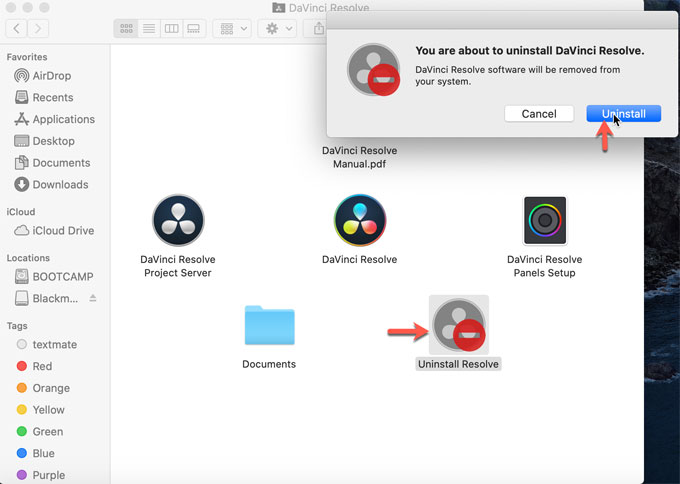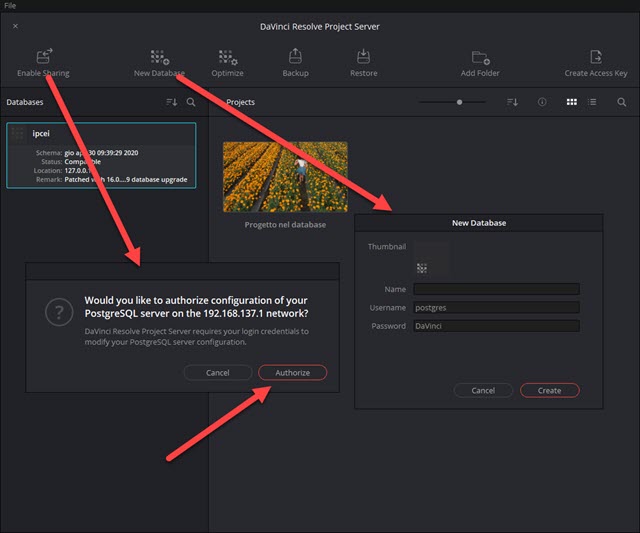

Here's how to create and use proxy media in Final Cut Pro: Until now you weren't able to see your regular clips alongside your proxies. Another helpful change is that clips without proxies can now be used together with your proxy clips. Sharing is caring by Brightphotogallery How to Create Proxy Media in Final Cut Pro Xįinal Cut Pro can now create proxies at 50, 25, and even 12.5% resolutions in both Pro-res and H.264 formants.

With proxies, the whole team can edit the project, then send the work back for the final tweaks (like colour correction and render-heavy effects) to be done on the main computer before the final export. With this update we can now much more easily move an entire proxy project to anther device, including non-proxy files such as motion graphics, titles and images. This update is a game changer for us users who need to work without the office's high powered systems at our disposal, as well as those just managing a high-res project on their own. A proxy is a low-resolution video file that can temporarily take the place of larger-resolution video file in your timeline, allowing you and your computer to easily make an edit that was otherwise impossible.

High-resolution video files are massive and many computers, mine included, can't really handle working with 4K footage, let alone RAW, without overheating, crashing, or just being unable to efficiently make any changes. Apple has taken note and given us an update to Final Cut Pro X (10.4.9) which focuses on helping users work remotely, including improvements to the proxy workflows.

The ability to function independantly is now an important part of video work. How to Use Proxy Files for Easier Sharing The great thing with all of these options is that getting set up is generally pretty easy to do. We get into each in more detail below, plus how to use proxy files to make sharing easier.


 0 kommentar(er)
0 kommentar(er)
